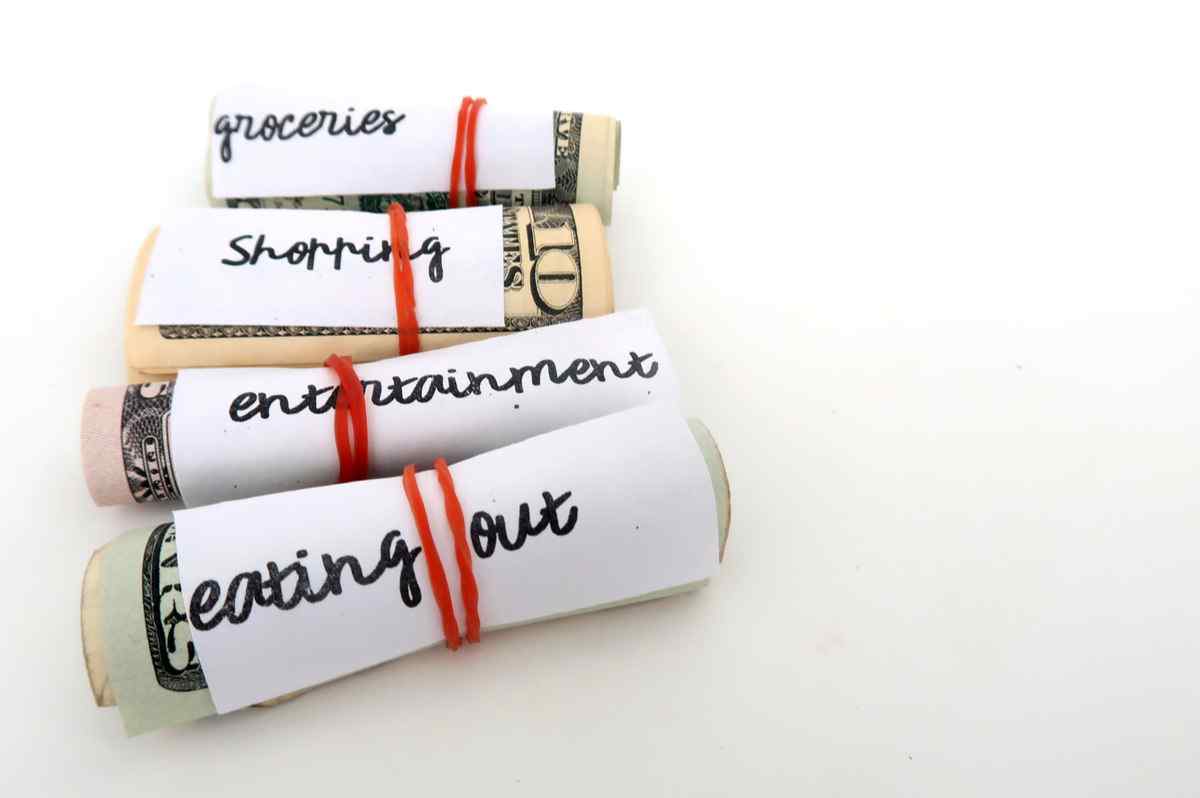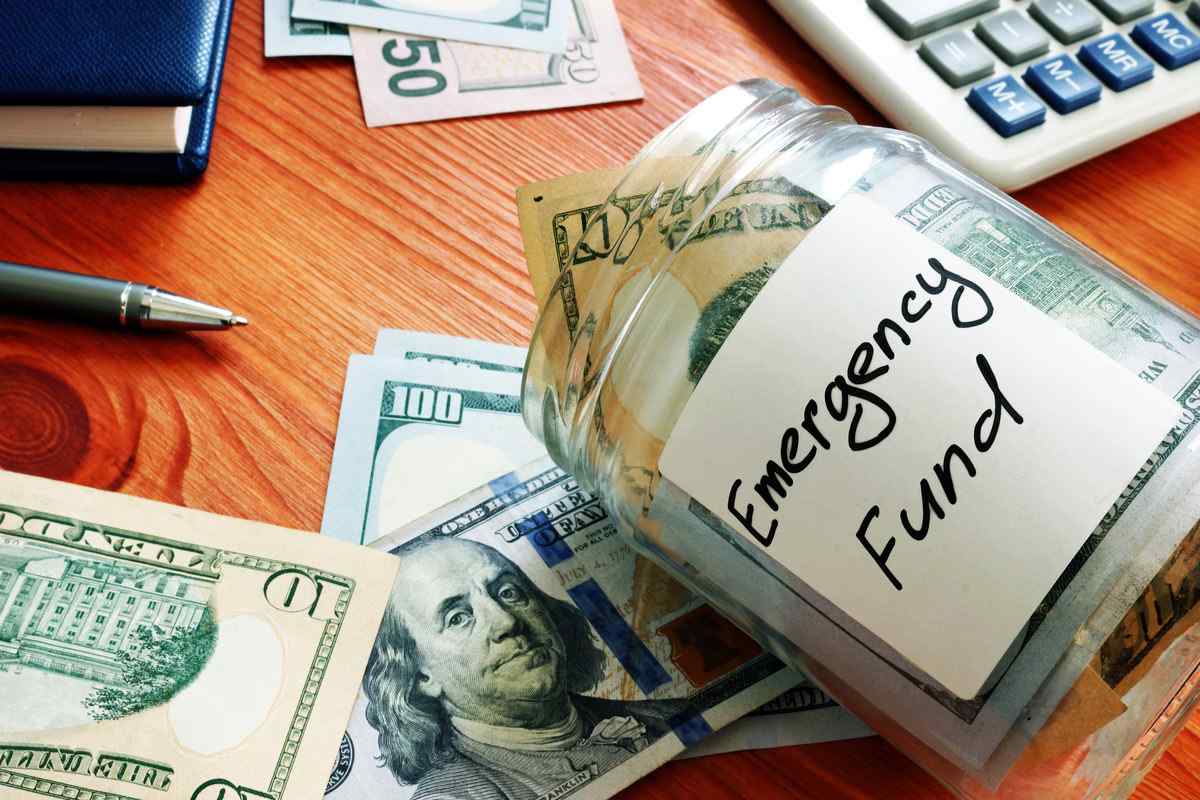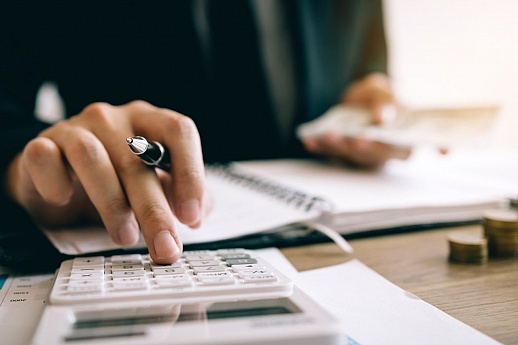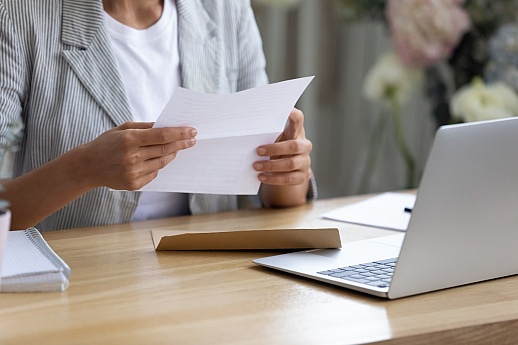How to Start a Cash Envelope System
The cash envelope system is an effective way to track spending for individuals that need a visual budget. With this method, you will be able to set aside what is required for bills and save money at the same.
This blog will walk you through how to start a cash envelope system and its advantages in making cash budgeting easier.
What Is the Cash Envelope System?
The cash envelope system involves dividing cash into envelopes. Each envelope represents a spending category, such as groceries, entertainment, clothing, and personal care. Then, you assign a certain amount of money to each envelope based on how much your spending goal is.
The key is to spend the cash out of these envelopes for the specific budget category. Once the envelope is empty, you may no longer spend in that category until your next month’s budget begins.
Note that your fixed expenses such as your mortgage, utility bills, and loan payment are not to be included in your cash envelope budget.
Why Is It Effective?
This cash-based approach may help people who struggle with sticking to a budget be more mindful of their spending. Handing over cash can make you question whether you need to buy an item because you are forced to watch your cash funds decrease. Consequently, if you have a habit of overspending or impulse buying, the cash envelope system might be a helpful budgeting strategy.
Steps to Start a Cash Envelope System

If you tend to overspend, the cash envelope system may be the best solution to stick to your budget. It will help you think twice about your spending before you make a purchase and help you work towards your financial goals. Consider the following six steps to start a cash envelope system:
Step 1: Create Your Budget
The first step to starting a cash envelope system is to create your budget to avoid putting too much or too little cash into your envelopes. To start building your budget, you will need to track your spending to understand where your money goes each month.
Try to track your expenses for three months to get a complete picture of your variable expenses. To do so, you can check online transactions, save receipts, write down your expenses, or create a spreadsheet to keep track.
Moreover, take a closer look at your income after taxes to ensure that you are creating a monthly budget that you can afford. It might surprise you to find out that you have spent more than you have earned in a month. Finally, subtract your fixed expenses from your post-tax income to know how much you have left for your variable costs.
Step 2: Categorize Your Spending
After you have tracked your spending, you need to categorize your purchases into cash envelope categories. Remember that only your variable spending will go into a cash envelope. For example, there is no need to put cash into an envelope for utility bills, mortgage, or rent; you can pay by direct deposit. Once you have determined which categories in your budget are variable expenses, you need to establish limits for each.
Step 3: Set Limits for Each Category and Adjust as Needed
After you have categorized your spending, the next step is to set a limit for each one. Make sure the limits you set for each category fit within your budget. It may take around three to four months to figure out your spending limit for each category, so don’t be afraid to reassess or change them in the first couple of months until you find the right balance. Therefore, budget adjustments are an expected part of the process.
Step 4: Fill Your Envelopes with Cash
After setting your spending limit for each category, it’s time to go to the bank, withdraw money, and fill your cash budgeting envelopes. However, make sure to avoid unnecessary ATM fees while taking out cash. You can choose to fill your envelopes with each paycheck or at the beginning of each month. What matters is to find a cycle that works best for you and stick to it.
Step 5: Use Your Cash Envelopes for Their Specific Categories
Finally, make sure that you take out money from each envelope for its specific purpose. If you run out of money in an envelope, then you might want to rethink how much you are allocating in that category.
If you find yourself using the cash of an envelope to fund an undesignated category, you are likely to struggle to fund both categories until your next paycheck. Finding the right balance will take trial and error; however, it will also take discipline to use each envelope for its specific category.
Step 6: Have a Goal
When you first start budgeting and cash stuffing, have your goal in mind to keep you motivated. Your goal may be buying a house, paying off debt, building your savings, funding a vacation, or anything you desire.
Having a goal will also help you know where to put any extra cash left in your envelopes. For example, you may use the extra money to make additional debt repayments, put it in your savings account, or roll it over to the next envelope.
Reasons Why You Need the Envelope System

People who don’t use any budgeting technique often depend on credit and spend more than they make. This can result in vast amounts of debt because the person may not know how much they spend every month.
Nonetheless, using the cash envelope system has proven to be an excellent tool for many people because it helps them gain control over their spending, stay within their budget, and avoid the debt cycle. With that said, here are six benefits of starting a cash envelope system:
Creates A Realistic Budget
We know that the first step to starting a cash envelope system is to create a realistic budget. This helps you have control over what to spend money on and allocate the correct amount towards a specific category every month.
This helps you take a closer look at your spending habits and see which categories take which portion of your money, detect areas that you are overspending, rethink your spending habits, and focus on your financial goals.
No Missed Payments
Again, we mentioned in the first step that you need to take care of your fixed expenses first and subtract them from your income to know how much you have left for your variable expenses. Consequently, by planning where your money will go, your chances of accidentally missing a payment are very low.
Helps You Save Money
Most of the time, people fail to stick to a budget because they find it too restrictive. However, cash envelopes are different because the amounts are flexible, and you are in charge of setting the sum allocated to each category. As a result, it allows you to tailor the budget to your lifestyle and have more freedom while keeping your budget under control and avoiding chances to overspend.
Helps Build Your Emergency Fund

With the cash envelope system, you know where your money is going. Therefore, you can dedicate an envelope to building your emergency fund and set aside a monthly amount in that envelope. Then, as your emergency fund grows, you can transfer the amount into a bank account to gain interest. Ideally, you want to set aside six months of basic living expenses in your emergency fund.
Controls Overspending and Wasting Money
The cash envelope system may be a great way for people who want to limit their reckless spending. When you carry cash, you are more likely to feel the effects of spending because you need to check your envelopes to see how much you have left before every purchase. This creates a sense of awareness about your spending habits, especially when you make automatic purchases using credit and debit cards.
Offers Accountability
This system offers accountability, helps you be cautious about your spending habits, and prevents overspending. In addition, it reminds you that you are responsible for your spending. If there is no money left inside an envelope, you have maxed out your budget for that category and should be careful to avoid repeating the same mistake.
Provides an Easy Way to Track Where Your Money Goes
The cash envelope system can help you track where your money goes and see where your spending habits lie. Knowing this information can help you make better financial decisions in the future.
Some people have a hard time keeping track of how much money they have to spend because they have multiple credit cards. The cash envelope system can help you track your spending even if you have several different financial accounts.
The cash envelope system is beneficial for keeping track of different spending categories. For example, the envelope for dining out can help you visualize how much you’re spending on take-out each month, and an entertainment envelope can help you see how much you spend going to movies and other events.
Build Good Financial Habits
The cash envelope system is a great way to practice good financial habits. If you’re new to managing money, you may have some bad spending habits that you don’t even realize. The cash envelope system can help you identify your bad spending habits and break them, helping you to better manage your money in the long term.
For example, if you tend to overspend on groceries or eat out too frequently, the cash envelope system can help you break these habits by keeping you accountable and visualizing where your money is going.
The more you employ the cash envelope system, the more likely it is that you’ll make financial decisions that benefit you.
Build Confidence in Managing Money

The cash envelope system can help you build confidence in managing your money by giving you more control over your financial situation. If you’ve struggled with managing your money in the past, using a cash envelope system can help you regain control and see where your money goes.
It can also help you set spending limits for different categories so you don’t overspend on certain things. The more you use the cash envelope system, the more confident you’ll become in managing your money. This can help you make better financial decisions in the future that benefit you.
A Safer Way to Track Your Spending
It’s a safer way to track your spending. When you track your spending electronically, it’s easier to lose track of it because numbers on a screen can be difficult to visualize. With the cash envelope system, you can visualize how much is in each envelope, making it easier to keep track of how much has been spent.
Helps You Learn Where You Are Overspending
Budgeting with a cash envelope system can help you identify where you’re overspending on a regular basis. You can then decide how you’d like to change your spending habits so you aren’t overspending as often.
For example, if you notice you always seem to run out of money from your entertainment envelope early in the month, you can figure out ways to stretch those funds so they last all month. In the process, you will learn how to stop overspending in that category.
Save Money When You Have Unpredictable Expenses
If you have an unpredictable expense that you know will cause you to go over budget, the cash envelope system can help you avoid overdrawing your account.
For example, let’s say you have a car repair or other car-related expense that is going to cost $500. If you have a checking account, you might be tempted to use your overdraft protection to pay for it. Using your overdraft protection is a bad idea, though, because the interest rates will be extremely high. With a cash envelope system, you can create an envelope specifically for expenses that will cause you to go over budget. Then, when you have the money to cover the expense, you can take money out of that envelope and pay for the expense without overdrawing your account.
Sum Up
A cash envelope system is an excellent tool for those who want to see exactly where their money is going. Although, in the beginning, it may seem a little overwhelming and confusing, like a new habit, it may take some time to organize the system and develop a cash stuffing template that fits your budget. The most important thing is to keep pressing on, perfecting your system, and learning. Eventually, the cash envelope technique may become an essential part of your life, and you will reap its benefits.





